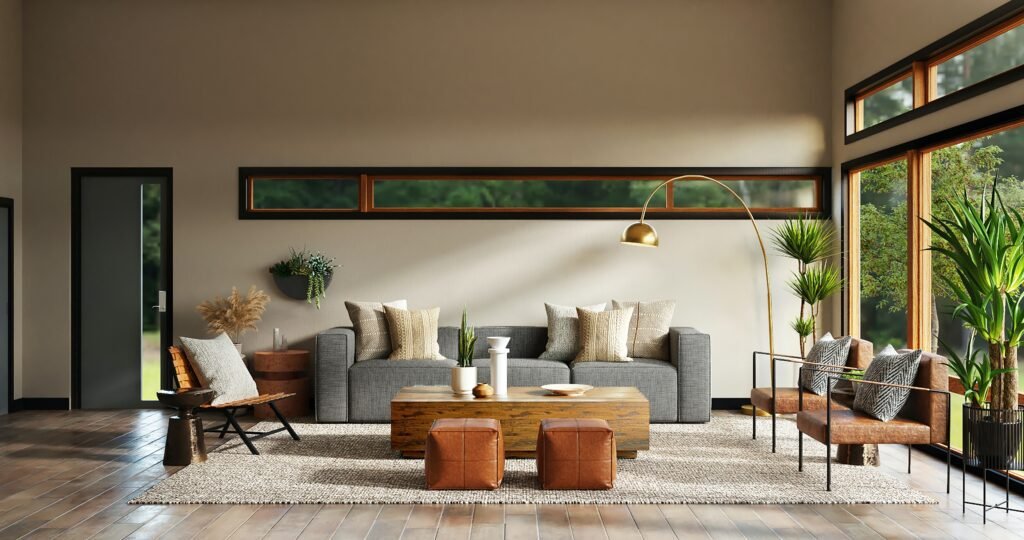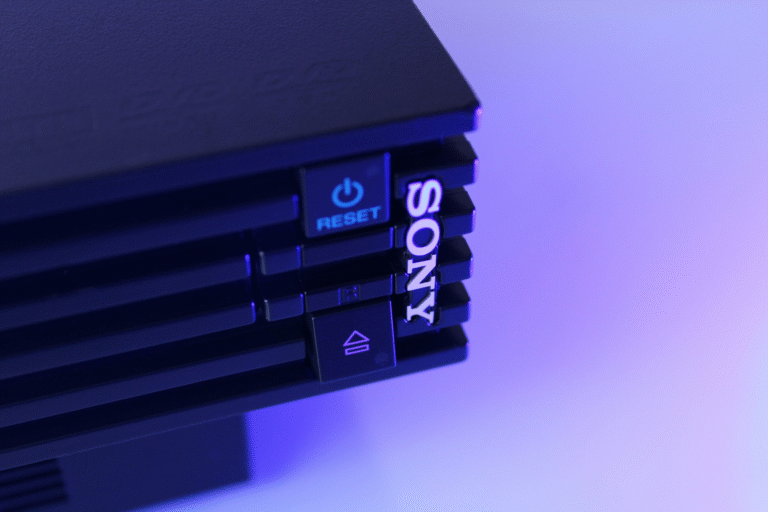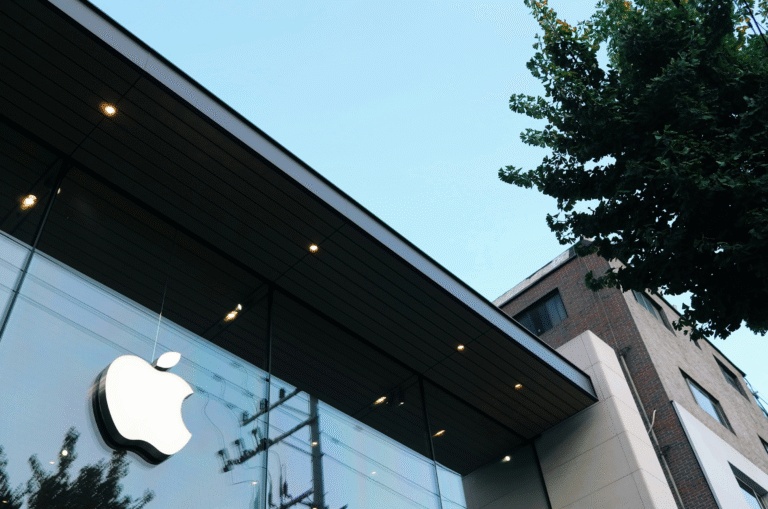
It may not be for the purists, but plywood is well and truly a central feature of the furniture market thanks to the flat-pack revolution. It can be found in so many homes that some people have been able to make a career out of assembling it for others!
But how did we get to this point? Read on to find out more about how plywood is made and why it is used so much in furniture design and manufacturing.
What is plywood?
Plywood is a manufactured wood sheet material. It is made up of multiple layers formed by glueing together strands of wood veneers. The grain of each layer is rotated 90 degrees from the previous one – known as cross-graining – and they are bonded with an adhesive.
A typical sheet of plywood typically consists of at least three of these layers, but it can often be as thick as 76mm.
Why is it used?
There are many reasons for plywood’s popularity in the furniture industry, including:
Strength: The laminated structure of plywood makes it more stable and enables it to withstand greater force. While its parent wood is only strong along the grain, the layers of plywood enable it to distribute its strength more evenly.
Weight: Despite its greater strength, plywood is far lighter than solid wood. This makes it ideal for furniture, as people can transport it, build it, and move it around their house far easier than they would if it was made from solid oak or another hardwood.
Look: The clean lines and minimal style of Scandinavian interior design have long been popular the world over. Plywood complements light, airy spaces thanks to its smooth surface and light colour.
Easy to use: Plywood is not affected by environmental conditions like humidity in the same way that natural wood is. The cross-graining means it tends to hold its shape well, while natural wood can swell and warp. It’s also far more susceptible to splitting along the edges than plywood is.
Pliable: Getting curves out of natural wood often leads to an uneven surface that could be prone to splitting. Plywood, meanwhile, can be specifically manufactured to the exact degree of curve required.
Sustainable: When you buy plywood that is certified by the Forest Stewardship Council (FSC), you know that it comes from a sustainable source. And because it is made up of veneers, more of the log can be used – particularly handy if it wouldn’t make good timber.











